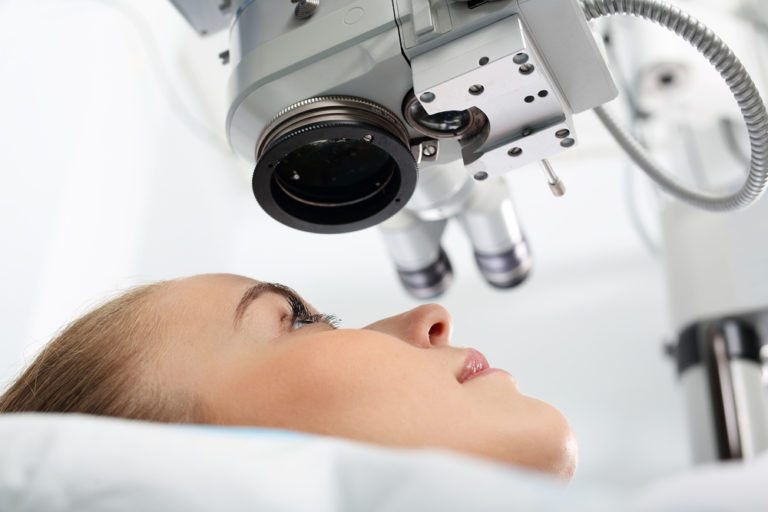Refractive eye surgery is a procedure to reduce or eliminate dependence on glasses or contact lenses.
It includes cornea based procedure like LASIK and lens-based procedure like PHAKIC IOL
A refraction test is normally given as part of a regular eye test. It may also be described as a vision test. This test shows your eye doctor specifically what prescription you need in your glasses or contact lenses. Normally, a value of 20/20 is considered to be an optimum or complete vision.
Types of Refractive Errors:
Blurred vision is the most common symptom. Other symptoms may include:
Refractive surgery is a good option for you if you:
Options include :
Refractive eye surgery is a procedure to reduce or eliminate dependence on glasses or contact lenses.
It includes cornea based procedure like LASIK and lens-based procedure like PHAKIC IOL
